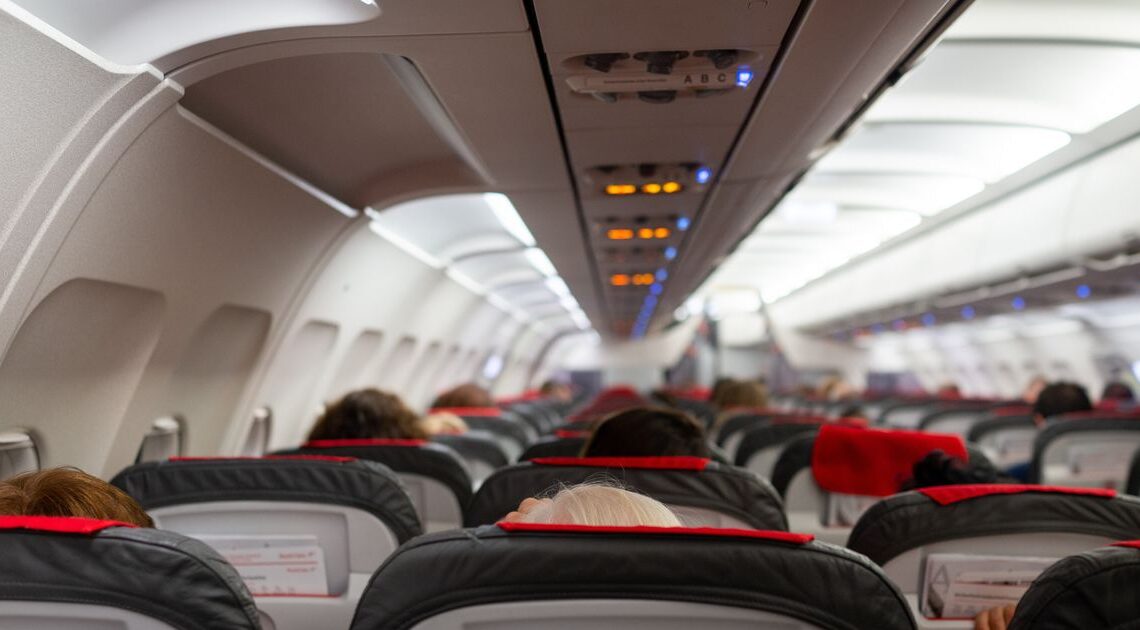“Is there a doctor on board?”
Those who fly frequently may have heard this question asked at some point on a plane. In-flight medical incidents can range from minor to serious, and sometimes the outcome is fatal.
In February, a 41-year-old passenger died after falling ill on an American Airlines flight from the Dominican Republic to North Carolina. Weeks earlier, a 63-year-old experienced a medical emergency and died on a Lufthansa flight from Thailand to Germany. And just this week, a 73-year-old passenger died aboard a Singapore Airlines flight after the plane hit severe turbulence.
“A death on board at 35,000 feet is one of the most feared situations for flight attendants, often because it follows a medical emergency, which is already very stressful to manage,” said Jay Robert, a former flight attendant and the founder of the brand A Fly Guy. “When a medical emergency results in death, it can be a very traumatic experience for everyone on board, especially if the passenger is young.”
Although these incidents receive much media coverage, in-flight deaths remain relatively rare. A 2013 study published in the New England Journal of Medicine found that over a period of about three years, there was 1 in-flight medical emergency for every 604 flights, and of the 10,914 afflicted passengers for whom there was follow-up data, 0.3% died. That translates to 36 known deaths in that period, or about one per month, with 30 of those deaths occurring during flight.
“The likelihood of facing a death in the sky increases for crew members working on wide-body aircraft on long-haul routes,” Robert said. “There are more passengers, fewer opportunities to divert, and passengers are in a pressurized environment, sitting for extended periods, which often can lead to serious health problems.”
So what happens when one of these problems arises and a passenger dies during a commercial flight? Below, Robert and other experts explain the procedures that crew members must follow to handle the situation with sensitivity and professionalism.
The crew must follow emergency medical procedures.
“Airlines typically develop their procedures in compliance with international aviation regulations and guidelines,” Dr. Paulo Alves, the global medical director of aviation health at MedAire, told HuffPost. He named the International Civil Aviation Organization and the International Air Transport Association, or IATA, as two authorities that issue such guidance.
“These…
Click Here to Read the Full Original Article at Travel…
